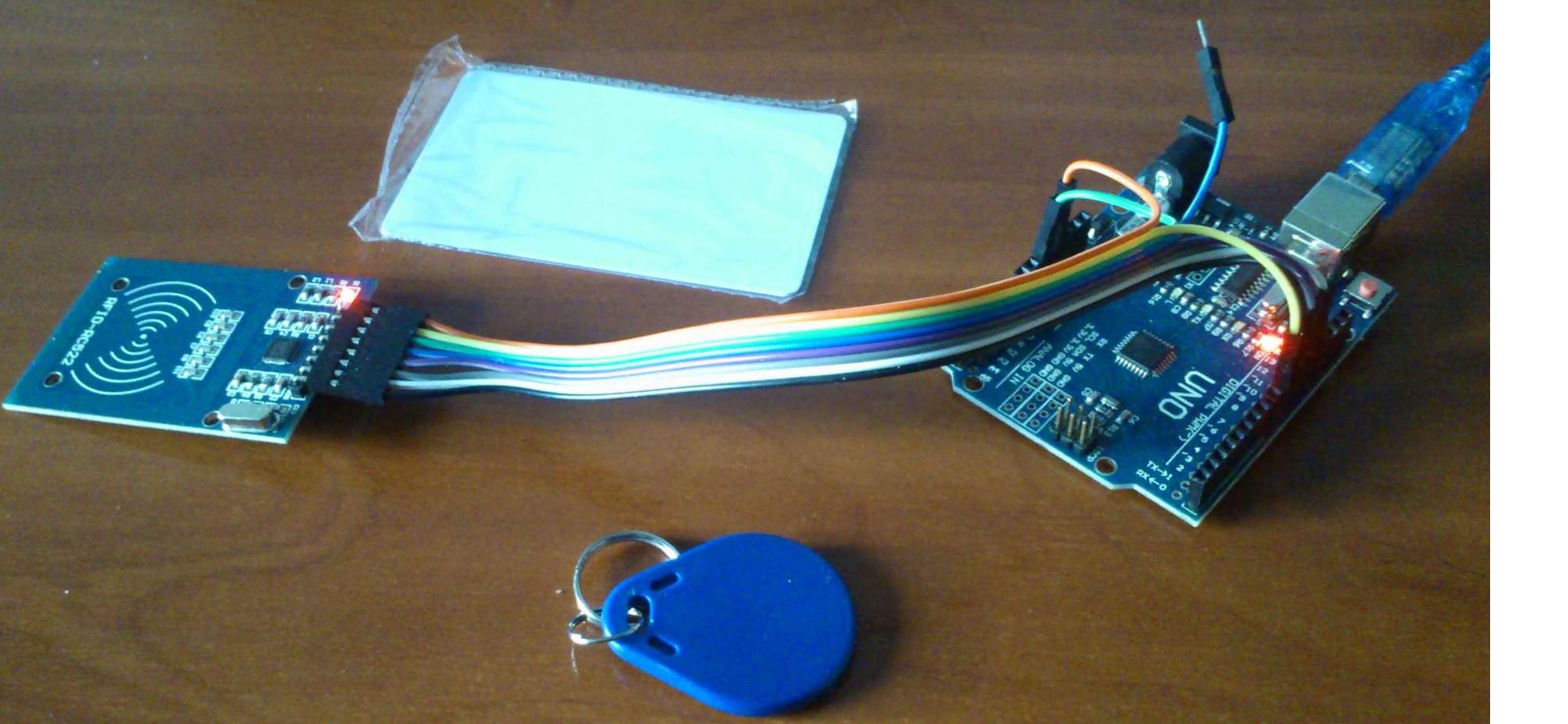The Art of Mapping Globals to Classes (3 of 3)
If you are looking to breathe new life into an old MUMPS application follow these steps to map your globals to classes and expose all that beautiful data to Objects and SQL.
If the above does not sound familiar to you please start at the beginning with the following:


 In the
In the 


